Here are 4 exercises that will increase your confidence and control in the water after a break, coming to you straight from Sagres – Portugal’s best surfing spot (at least according to locals).
I couldn’t wait for my autumn surf trip. The plan was to do 6 days of intensive surfing, first in south-west Spain, then in Portugal. I was hoping that Conil would again deliver beautiful, consistent waves perfectly suited to my level. Not this time. Conil turned out to be capricious (no swell throughout our stay) so 4 days of surfing there were lost. The only hope was the Algarve, supposedly reliable at all times of the year. I could not afford to risk losing any more time, so there was only one option: Sagres.
As always I try to find a good school and arrange some lessons before I go. Although there’s a bunch of surf schools in Sagres, finding the one that has mostly positive reviews and offers private lessons wasn’t easy. Finally, I decided to take a lesson at the International Surf School. My instructor Rui at first glance didn’t look like a typical surfing coach, but he turned out to be a very nice guy and great teacher with an enormous knowledge and intuition.
Rui introduced me to his own training plan, which I describe in detail below. I found 3 great benefits of it:
1. it gives calm and smooth preparation for the whole day of surfing after a break, especially in a new spot
2. it surprised me! it occurred that I have the predisposition to surf both as goofy and regular, which is rather rare in the surfing world
3. it gave me a confidence boost and kept me stoked
The training schedule for one session includes 4 exercises. Those exercises should be performed one by one until perfection was reached (Rui’s approval was needed in every case).
Exercise 1
Goal: getting familiarized with the ocean
step 1: when the wave is 10 m from you, you turn around with the board facing the shore
step 2: when the wave is 5 from you, you slowly start paddling (to keep the balance)
step 3: when you feel the wave catches you (no matter the force) you do three, powerful paddles (remember that your chin should be high – thus consuming less energy) under no circumstances will you get up! You just slide in a prone position to the shore
Repeat at least 3 times – with as few breaks as possible between the waves
Great exercise if you have not had contact with the ocean and the board for several weeks or months. It allows you to feel the strength of the local wave and smoothly engage in the session.
Exercise 2
Goal: keeping calm in chaos
step 1: in the first phase of the exercise you repeat points 1-3 from Exercise 1
step 2: after you catch a wave, you do one deep inhale and exhale, then straighten and lock your elbows
step 3: you slide to the shore keeping this position
Repeat at least 3 times – with as few breaks as possible between the waves
Introducing the breath “pause” allows you to clearly separate the paddle phase from further movements aimed at getting on the board and actually catching the wave. It also gives you a moment to assess the situation (check your speed and safety).
Exercise 3
Goal: even better popup (in 5 steps)
step 1: from the prone position (hands flat by the chest) straighten your arms and lock the elbows
step 2: bend your arms slightly in your elbows and twist the torso out (as if you wanted to turn back) while still keeping your head pointing ahead (eyes forward)
step 3: pull the back foot to the knee of the other leg (the one that will be at the front)
step 4: calmly put your front leg between hands resting on the board (remember that the foot should be set to approximately 45 degrees – slightly rotated)
step 5: lift the torso to the correct position (legs bent, lowered center of gravity, back straight, shoulders and head pointing forward, hands loosely ahead a little lower than shoulders)
This is the third popup technique I’ve learnt and I have to admit that I really like it. Its big advantage (especially for beginner surfers) are the step-by-step mechanics. Saying those phases at loud (yes, yes in the water too) gives you a sense of calm, which is difficult when the moves aren’t automatic yet and a lot is happening around you.
Exercise 4
Goal: better balance
step 1: catch the wave and get up (normal position), the trick is that instead of holding a “classic” position, you are supposed to straighten up like a string
step 2: you lock the legs in your knees, and your hands pull straight up (you can say it’s sort of a “claim position”)
step 3: reach the end of the wave while holding in this position
At first glance, the exercise seems easy, but – like everything else in surfing – it’s the opposite. I had the most problems straightening the front leg, as you can see in the picture.
In my opinion, this is a good set for the first session after a longer break from the ocean and the board (especially for irregular and beginner surfers). It’s a good idea to start the day at the beach with this set before throwing yourself into the whirlwind of waves and subsequent wipe outs 😉 And so until the sunset…
Thanks for reading. Now go surf!
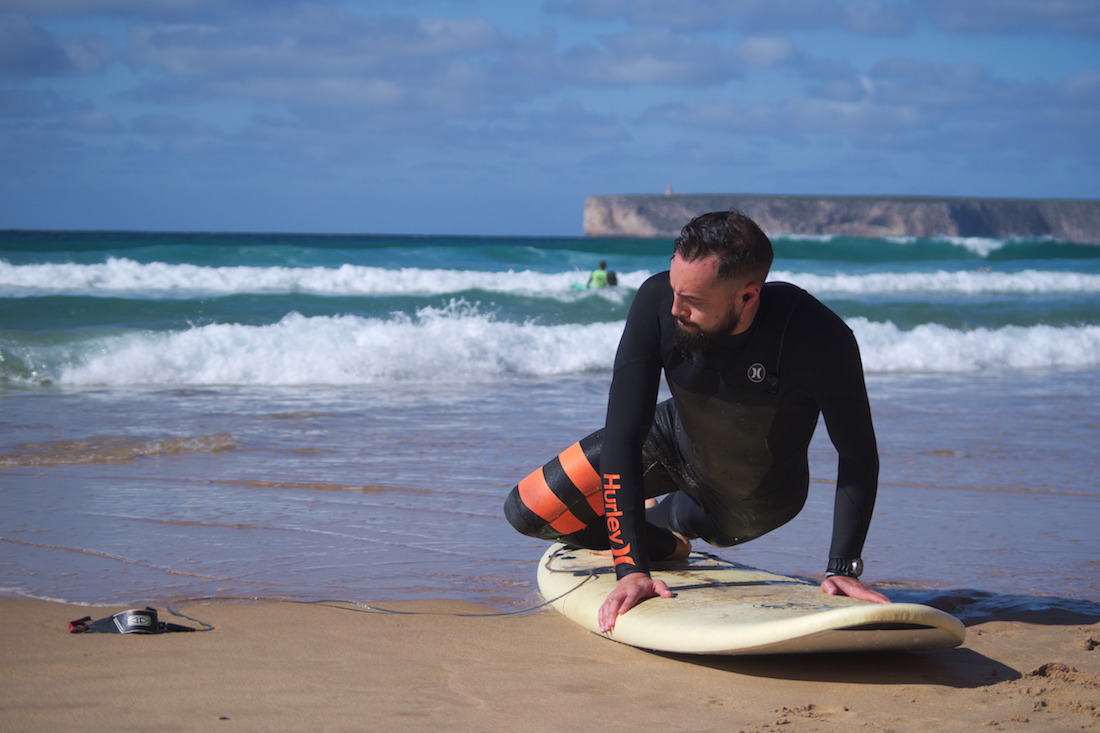
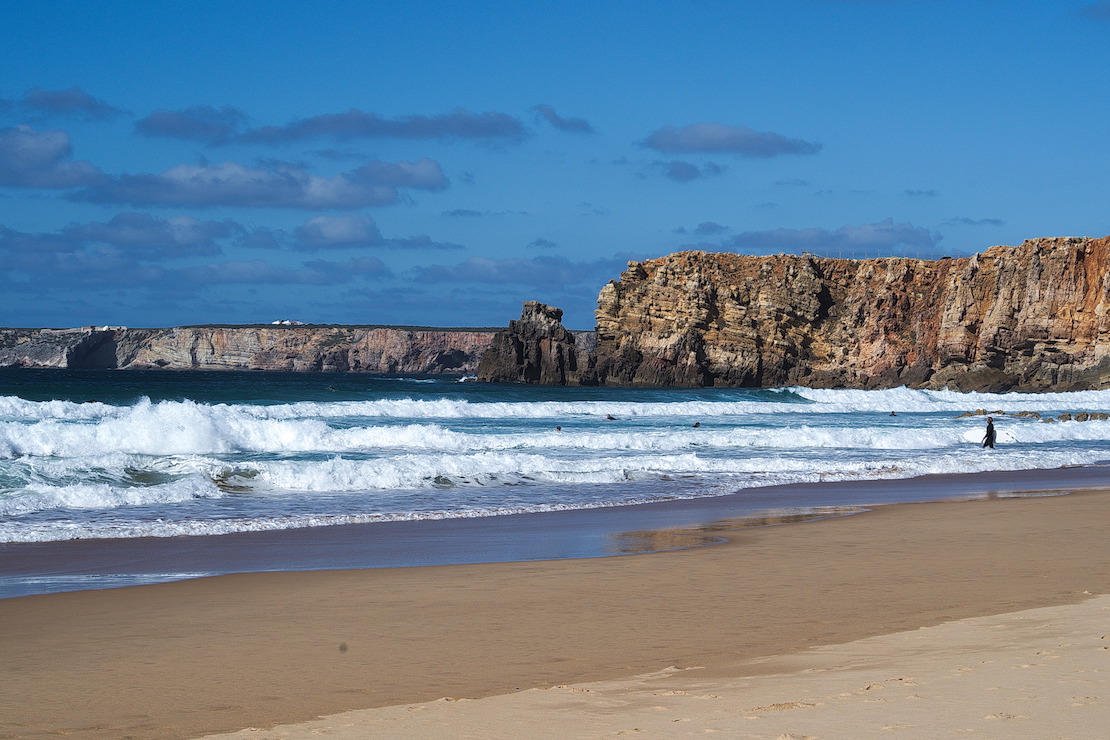

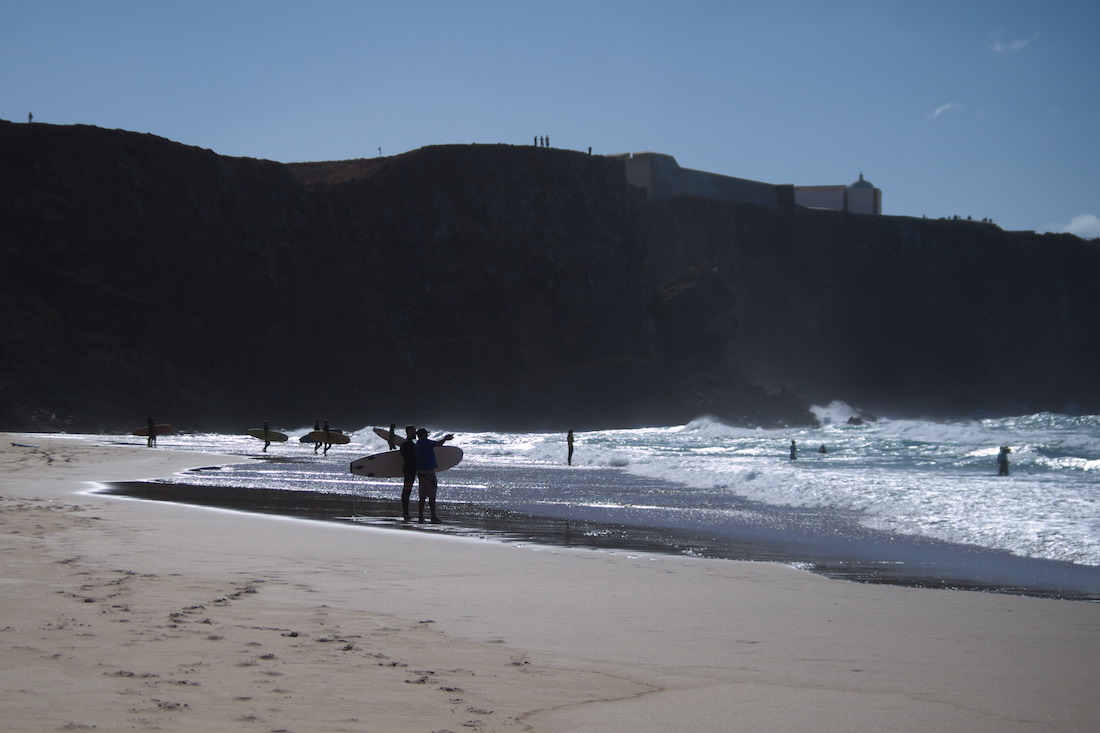
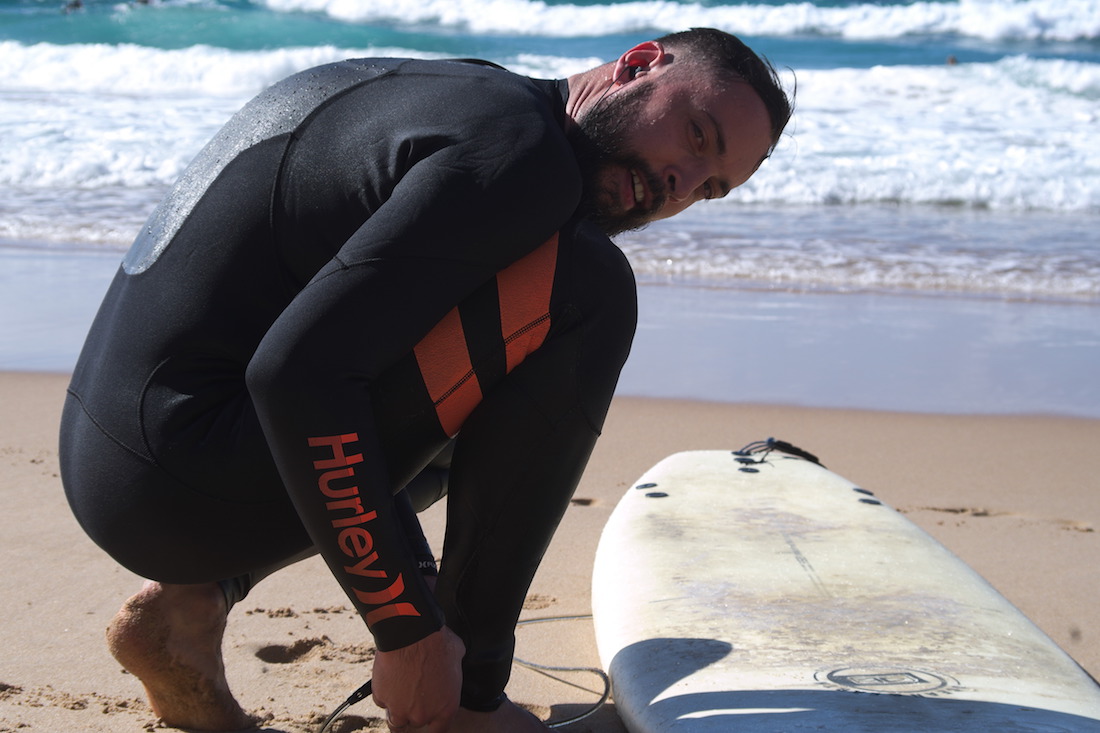
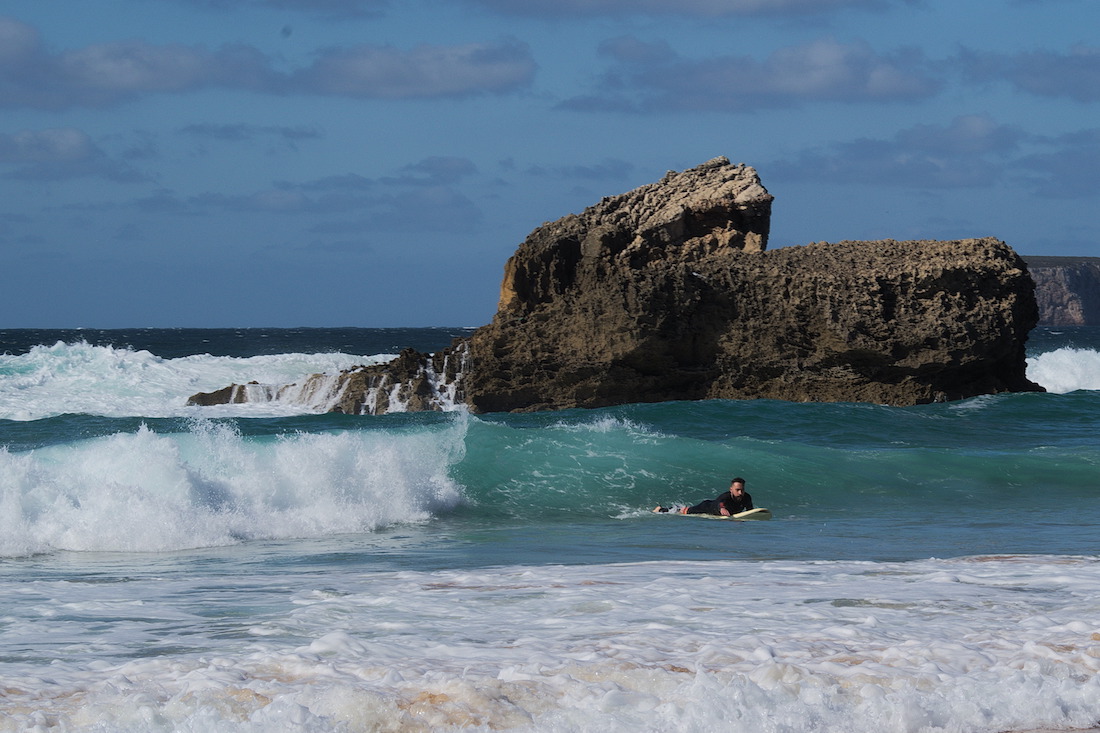
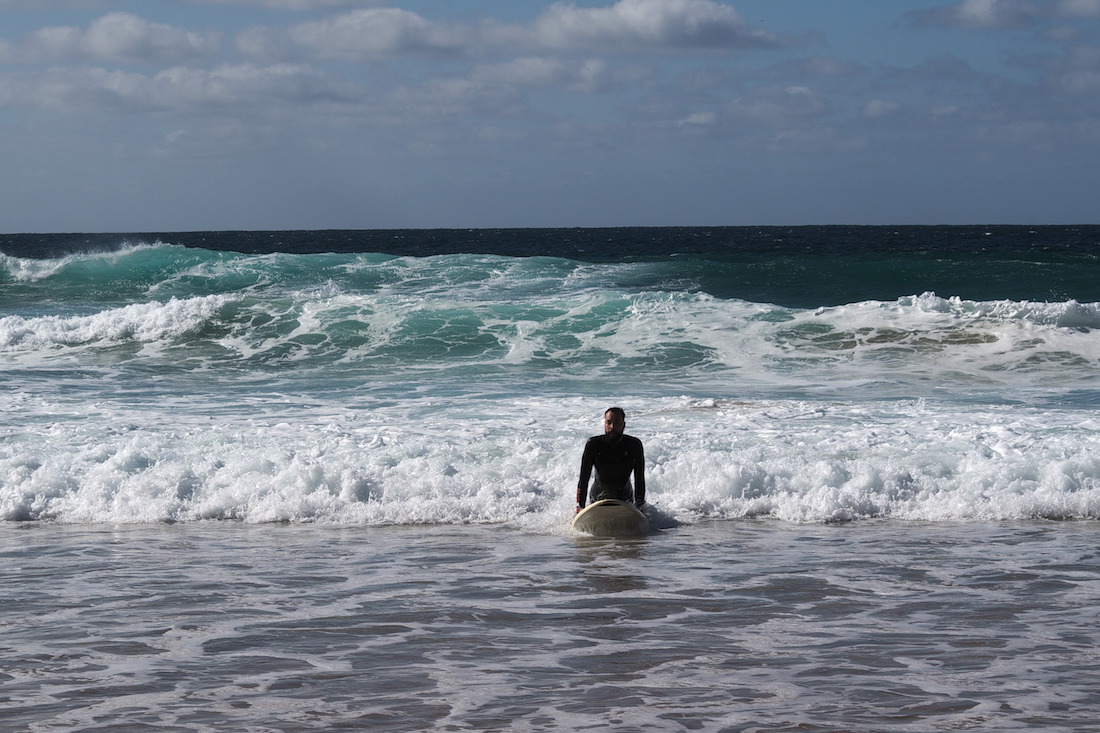
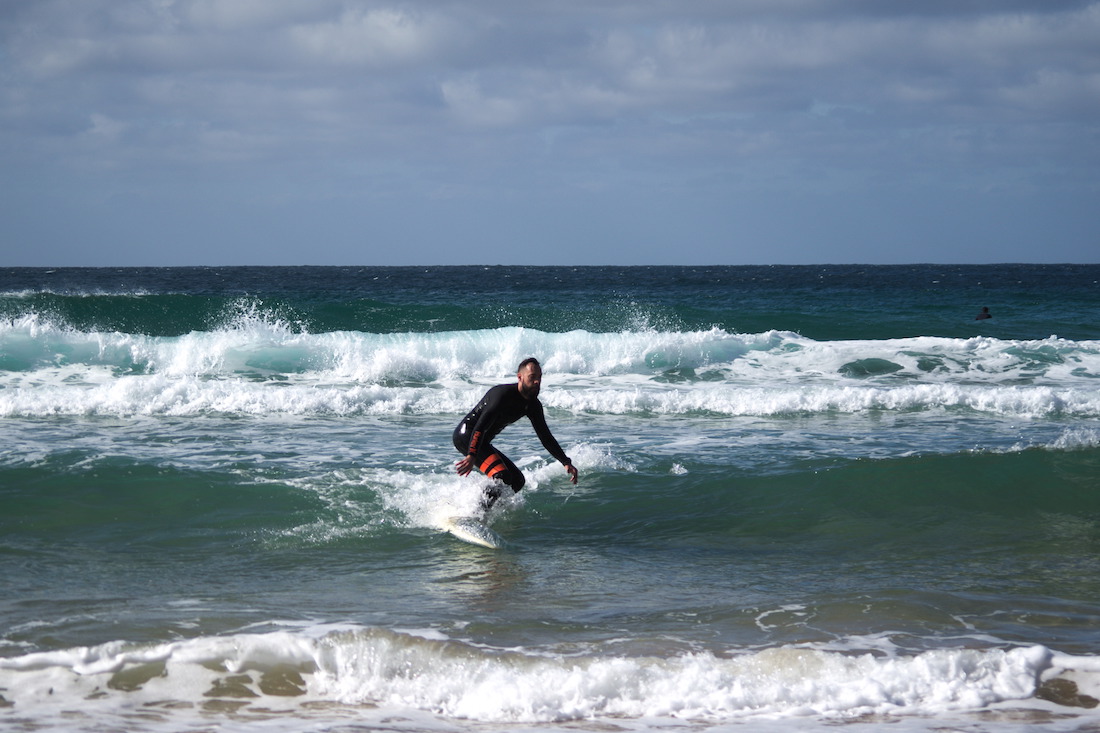
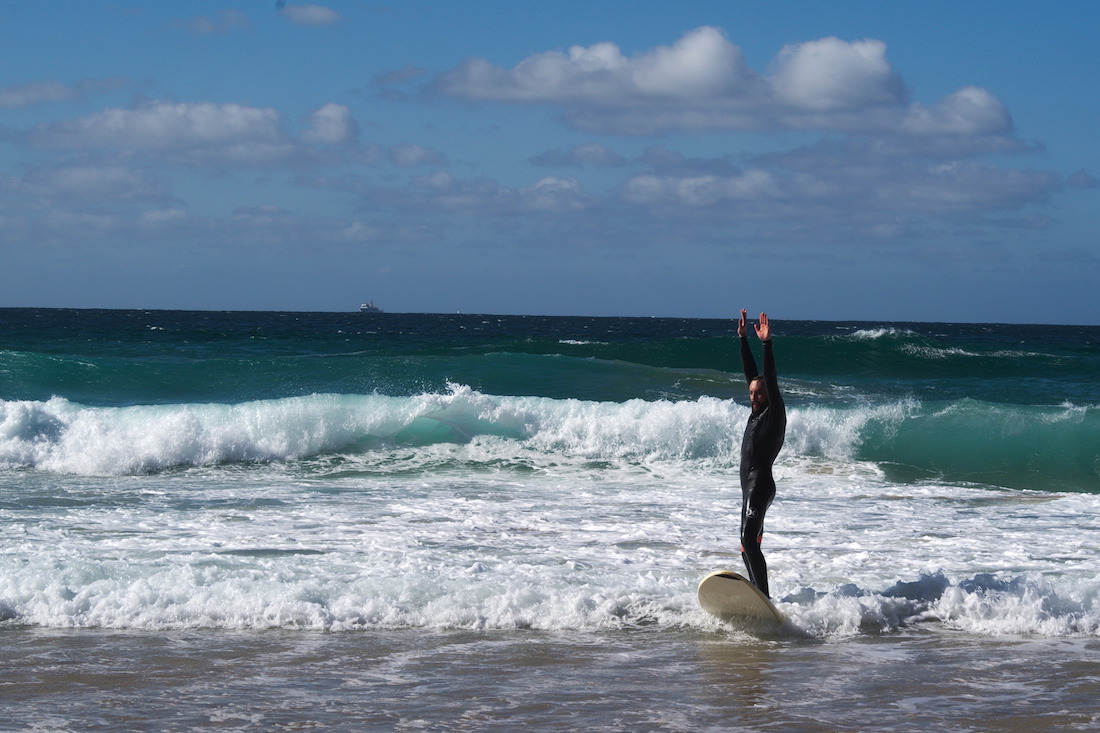
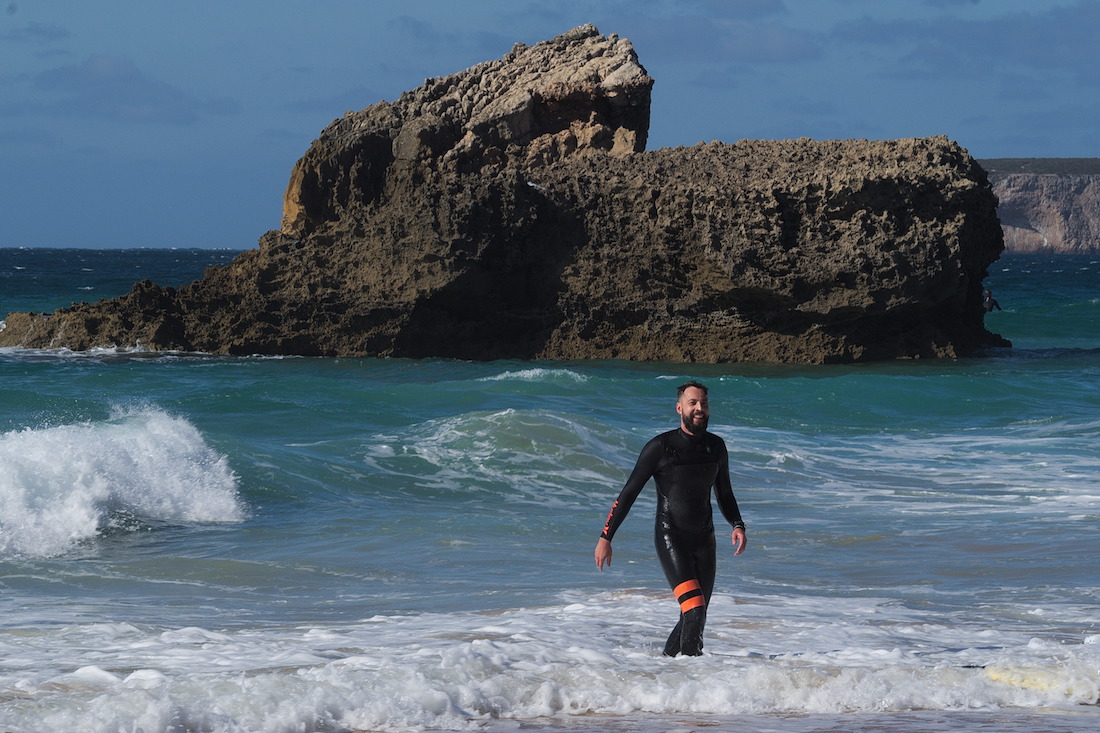
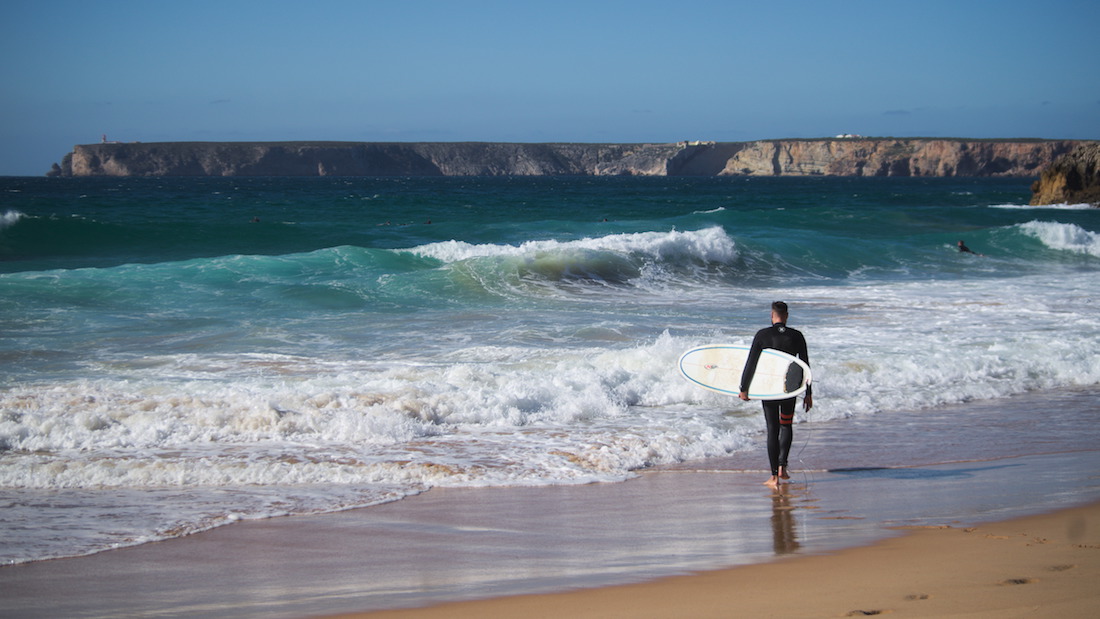
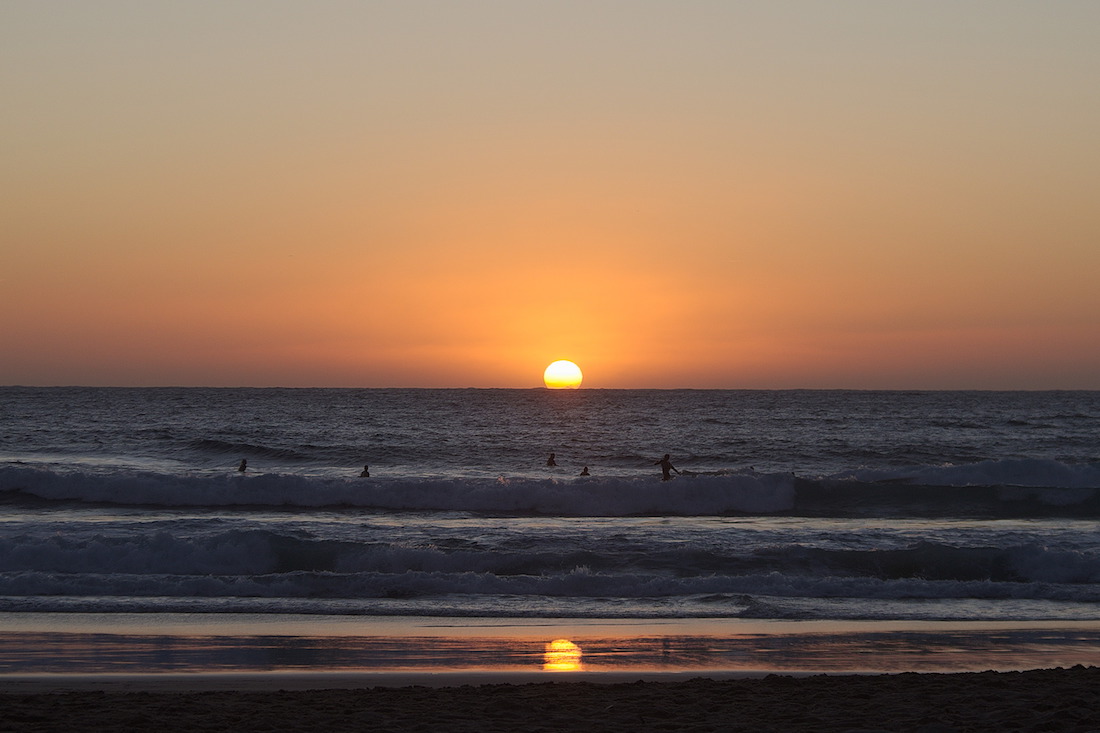
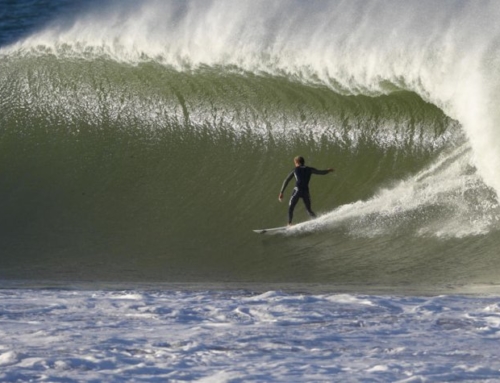
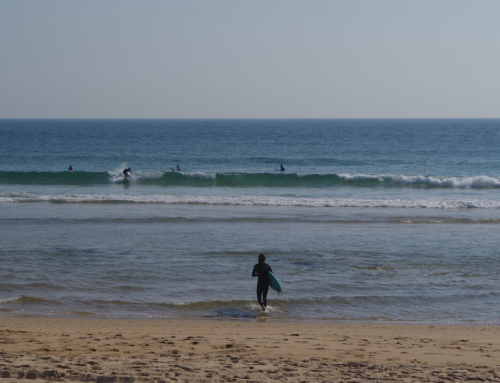
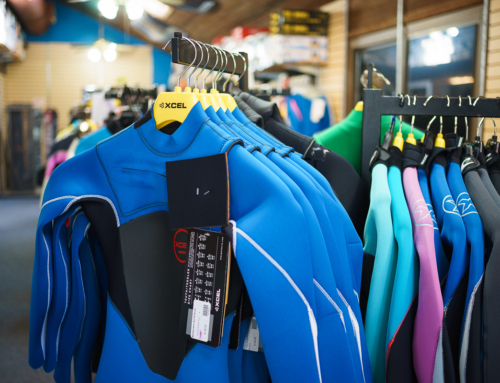
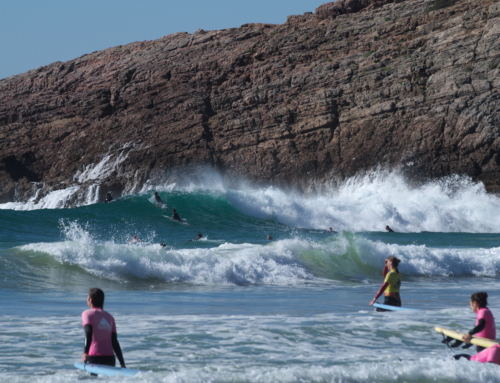
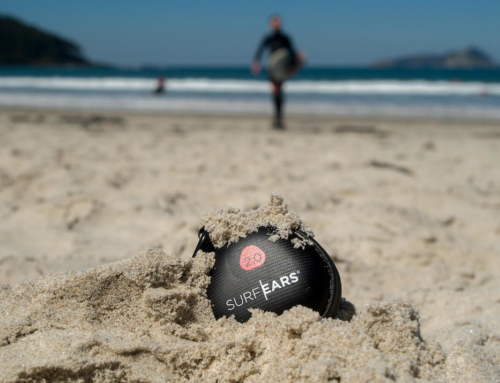
good guide to keep fit. Congratulations!
One of the best write up on how to progress after a longer break. Before hitting on the other blogs I would request all to give a try here to get the best available content here. I must say this is one of the best among them. You have done a great research for I feel, thanks for sharing. The article is much informative regarding work as well.I have also found this resource Aotearoasurf.co.nz useful and its related to what you are mentioning.
I bin surfa fo sixty years
Bess way to to git back aw nit
Git offa da donkey an go hard
Not have sum fun go home try later
No smile, no aloha, no surf equals no fun
Smile, aloha, surf equals fun
Avoid Donkey always in da way of fun
Wan donkey go way no feedit